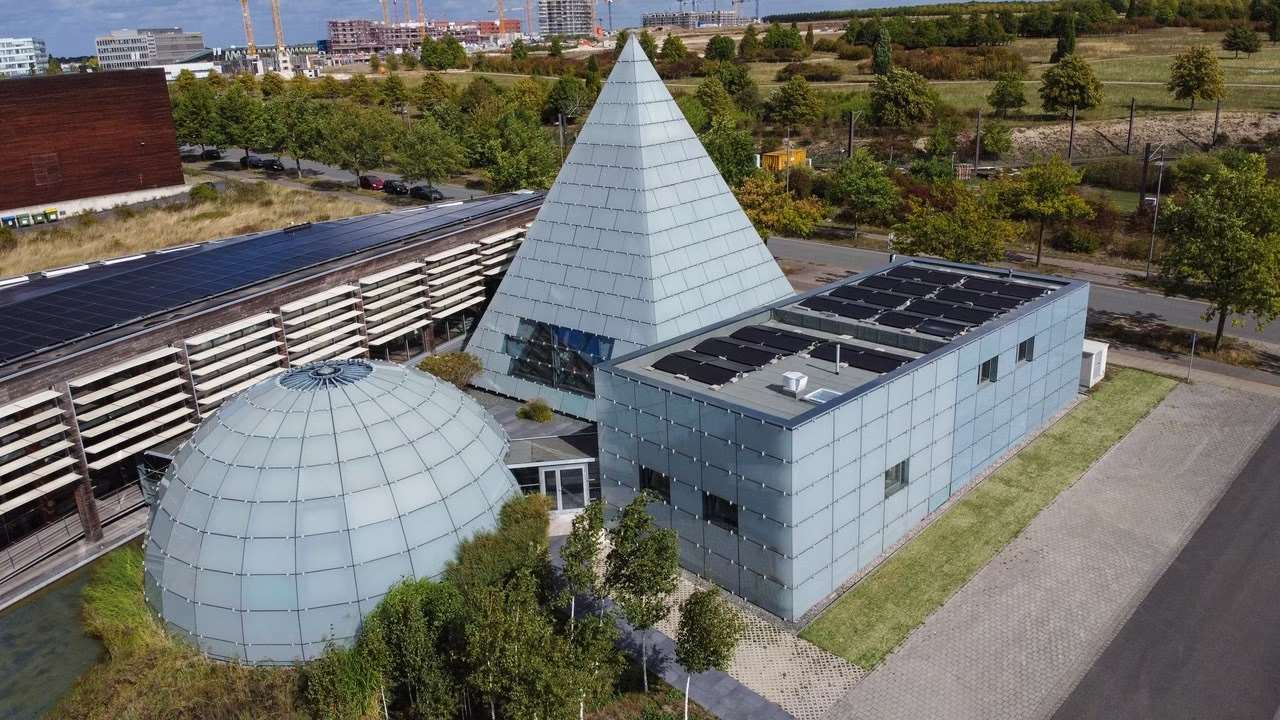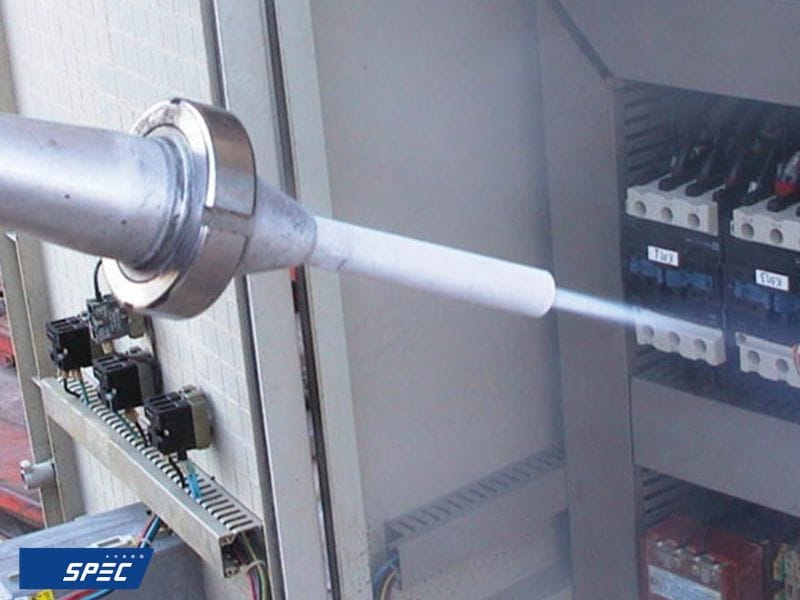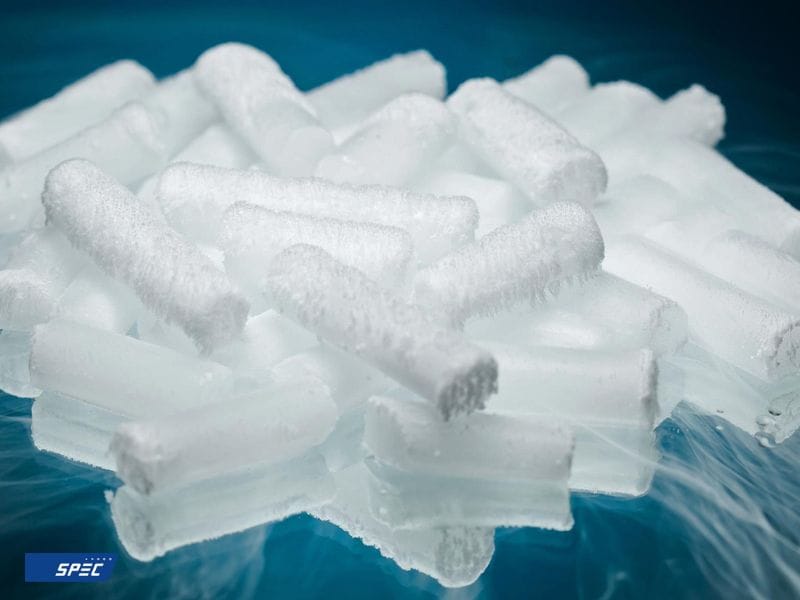In the quest for sustainable and renewable energy sources, solar power has emerged as a frontrunner, transforming how we think about energy generation and consumption. Among the latest innovations in this field is Building-Integrated Photovoltaics (BIPV), a technology that seamlessly integrates solar panels into building materials, marking a new chapter for solar energy.
What is BIPV?
Building-Integrated Photovoltaics (BIPV) are solar power generating systems that are integrated into the architecture of buildings. Unlike traditional solar panels that are mounted on existing structures, BIPV systems serve dual purposes: they function as both the outer layer of a structure and generate electricity. This integration can take the form of solar roofing tiles, facades, windows, or even balconies, blending seamlessly with the building’s design while harnessing solar energy.
The Advantages of BIPV
- Aesthetic Appeal: BIPV systems are designed to be aesthetically pleasing, offering architects and builders the flexibility to maintain the visual integrity of their designs while incorporating solar technology.
- Space Efficiency: By integrating solar technology directly into building materials, BIPV eliminates the need for additional space for solar panels, making it an ideal solution for urban environments where space is at a premium.
- Energy Efficiency: BIPV systems can significantly reduce a building’s electricity costs by generating power on-site. This not only lowers energy bills but also reduces the carbon footprint of buildings.
- Cost Recovery and Longevity: One of the most compelling aspects of BIPV technology is its economic viability. With a cost recovery period of just 2 to 5 years, these systems are a sound investment. They typically come with warranties of around 12 years and have a lifespan exceeding 25 years, ensuring long-term benefits and sustainability.
- Versatility: BIPV systems can be installed on various parts of a building, including roofs, walls, and balconies. This versatility allows for creative architectural designs and maximizes solar energy capture from multiple surfaces.
Real-World Impact
Consider an 800W BIPV system, which can save up to 880 kWh of energy. To put this into perspective, this amount of energy is equivalent to running a microwave for 23 hours a day. Such efficiency showcases the potential of BIPV systems to significantly impact household and commercial energy consumption patterns.
The Future of BIPV
As the world increasingly shifts towards renewable energy, BIPV stands out as a promising solution that aligns with global sustainability goals. The technology not only supports the reduction of greenhouse gas emissions but also promotes energy independence for buildings. With advancements in solar technology and increasing awareness of environmental issues, BIPV is poised to become a cornerstone in modern construction practices.
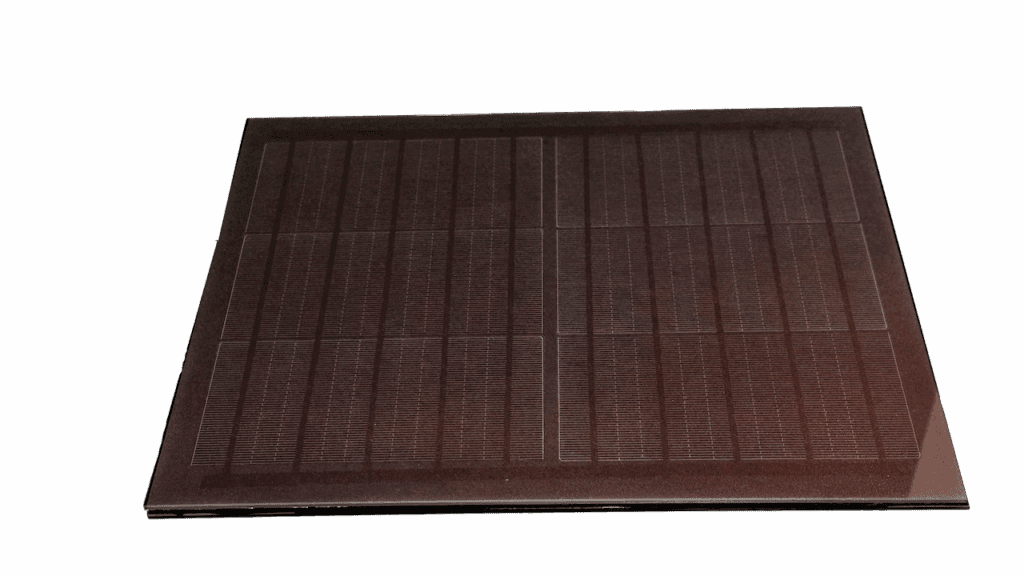

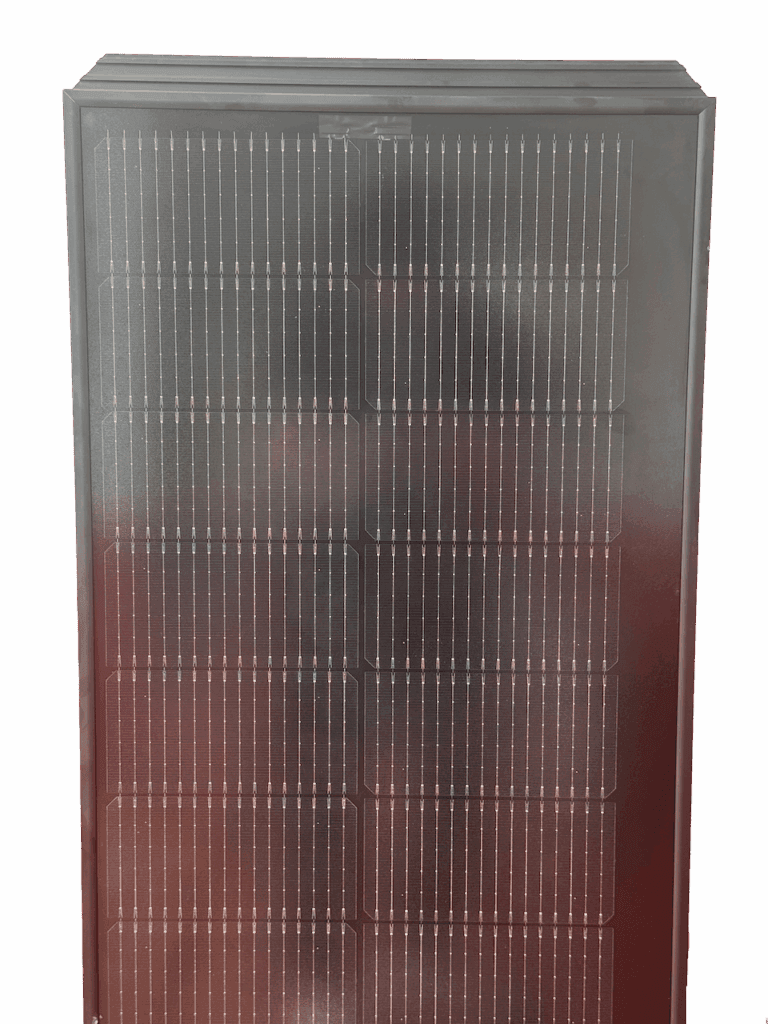
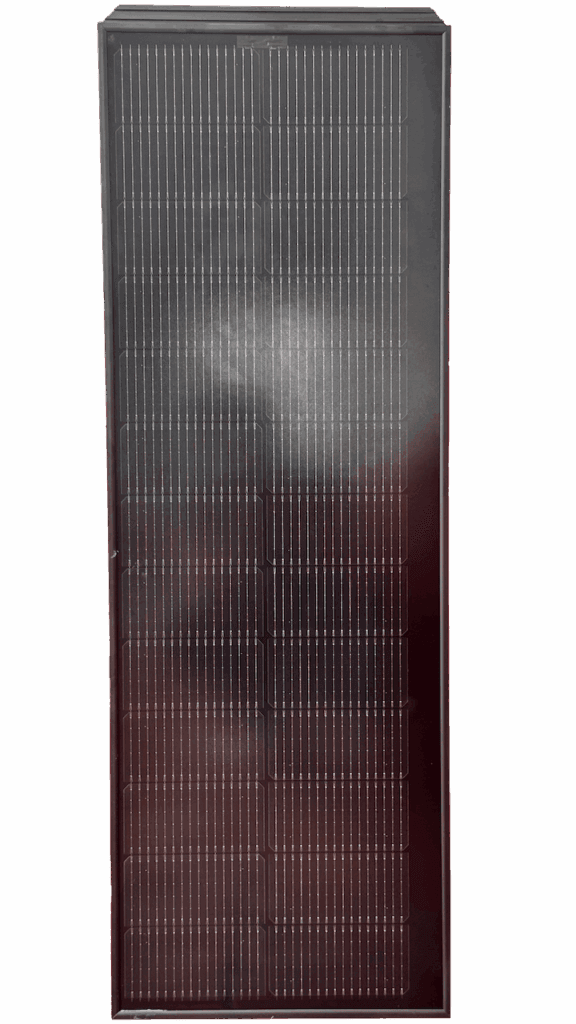
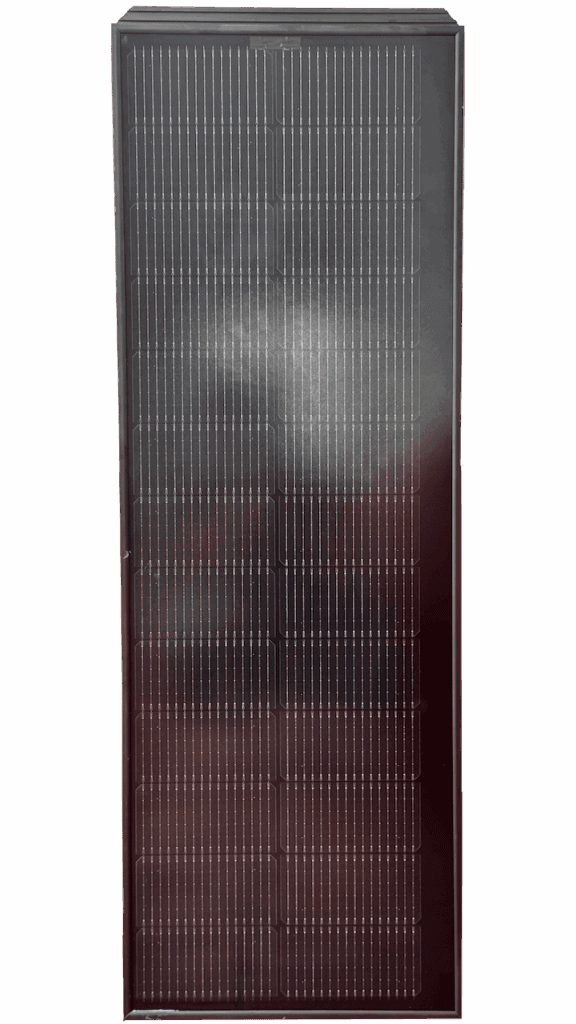
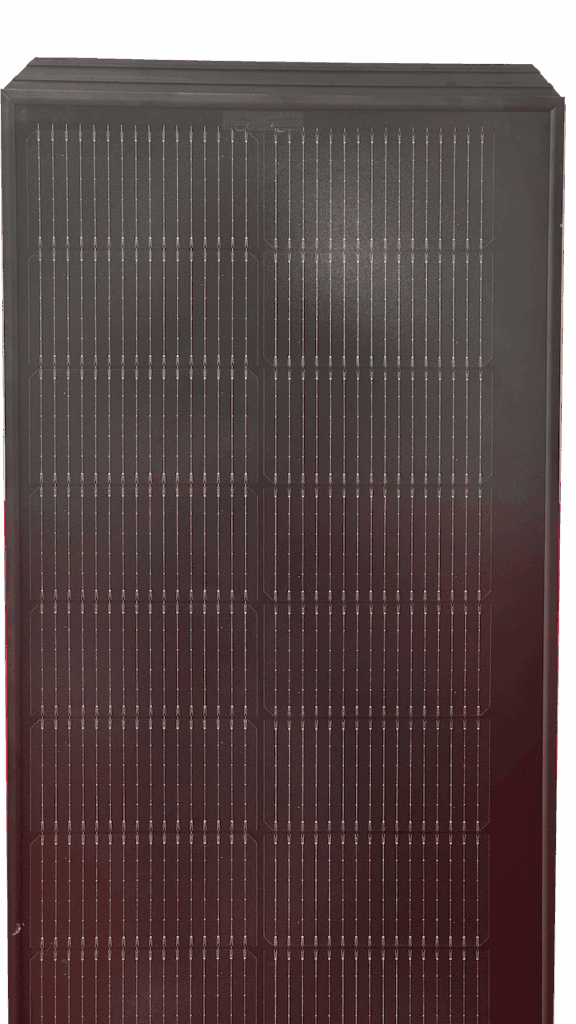
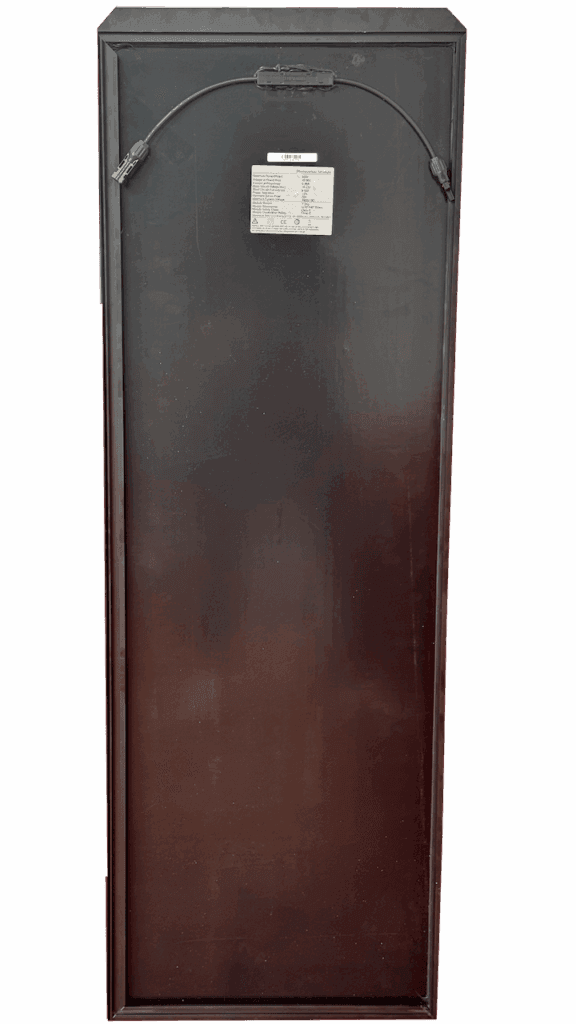
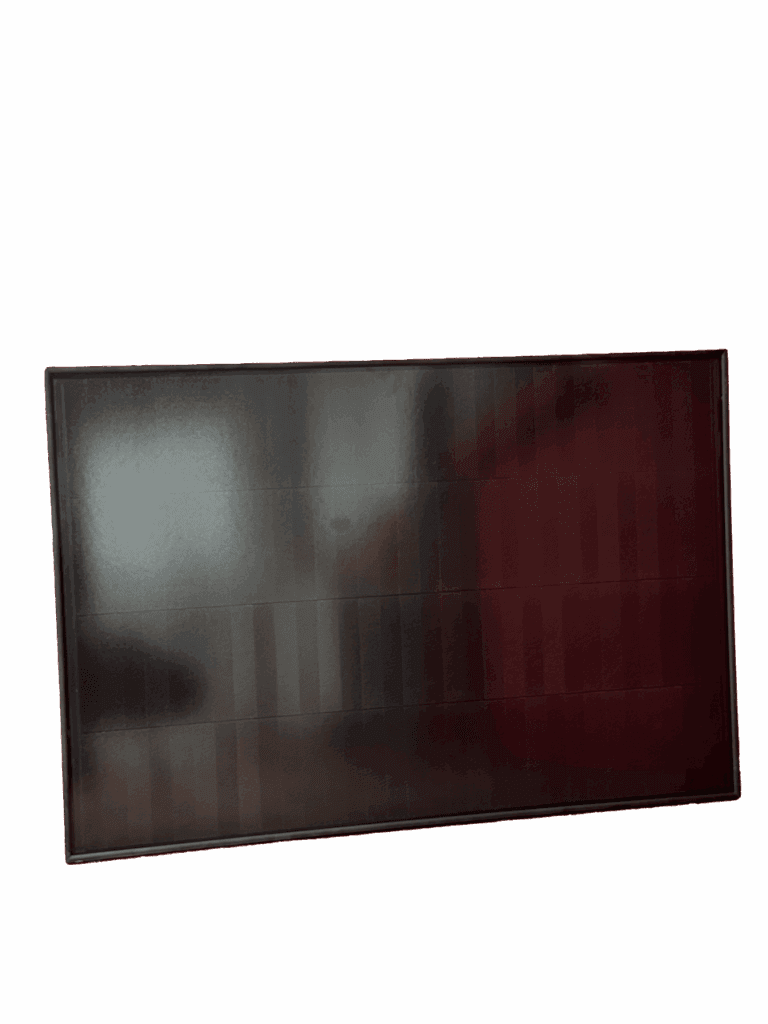
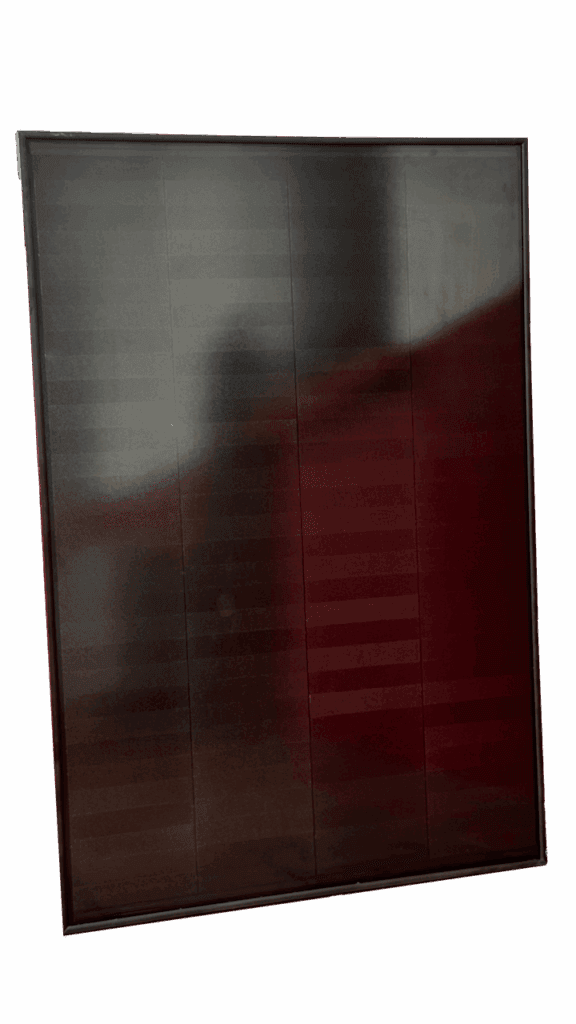
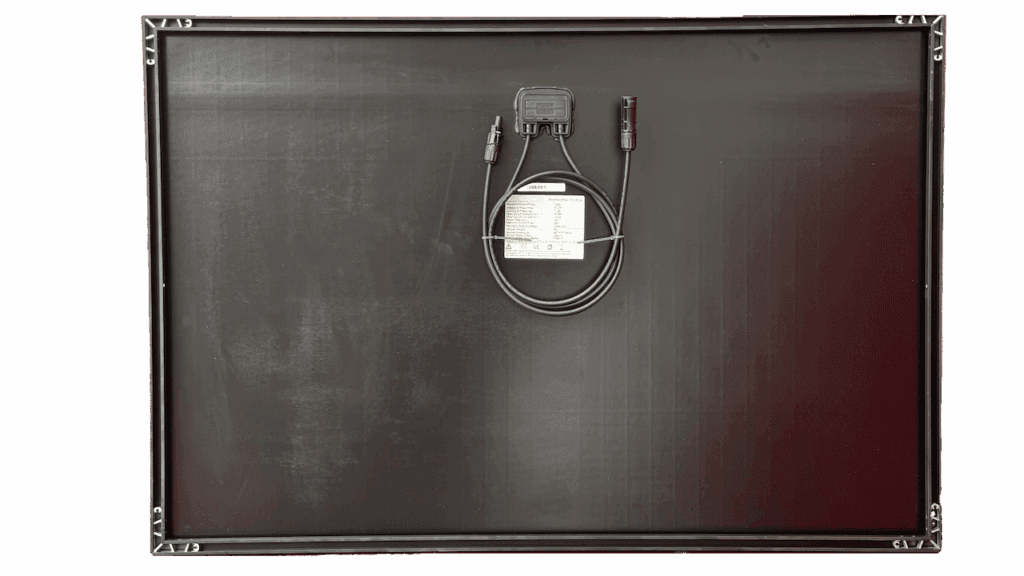
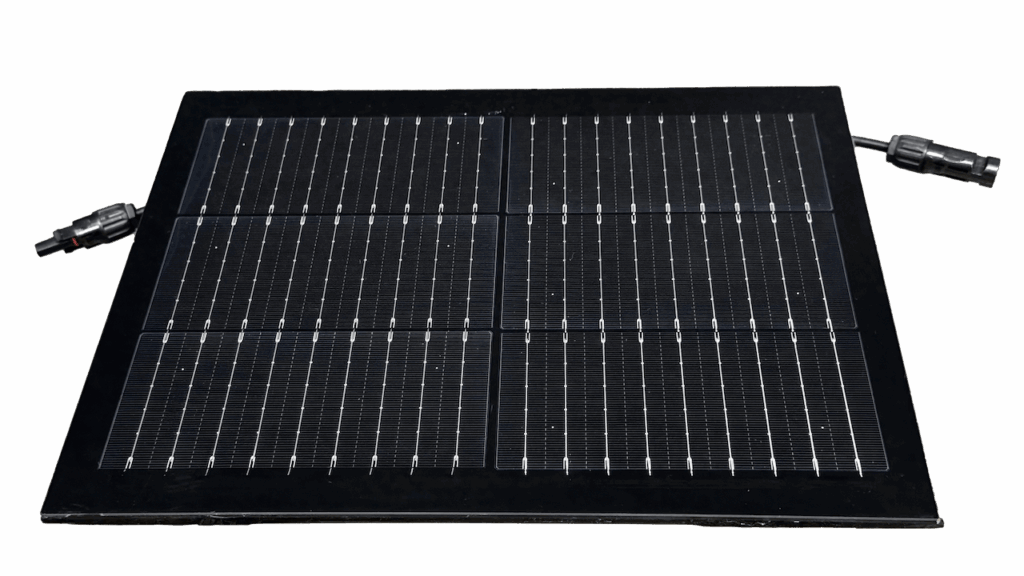
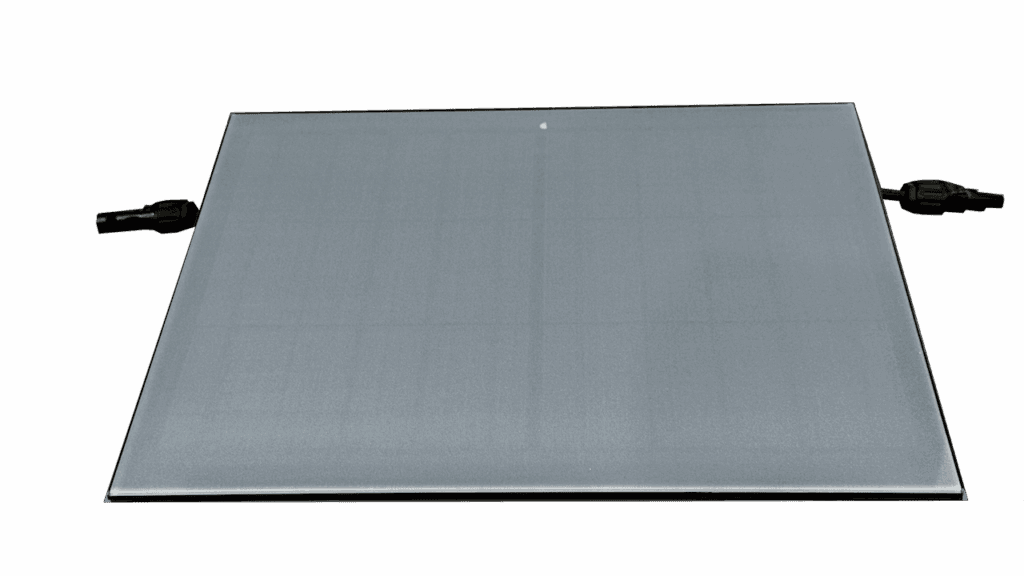
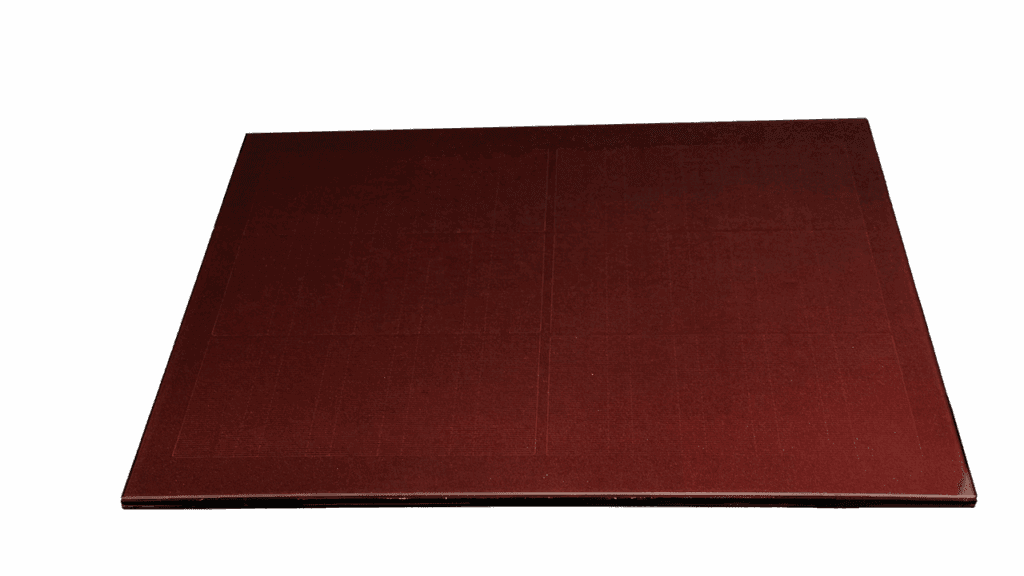
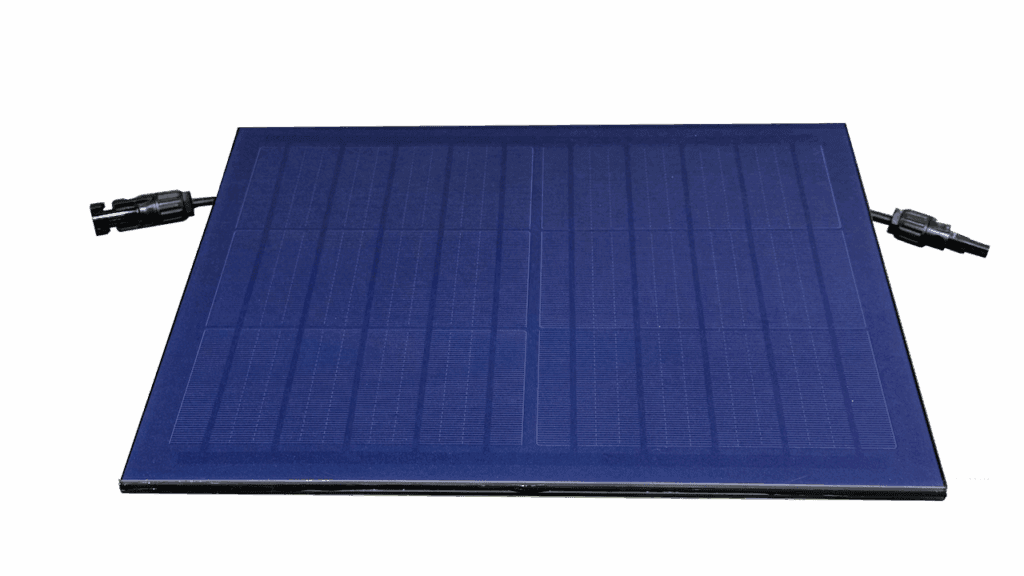
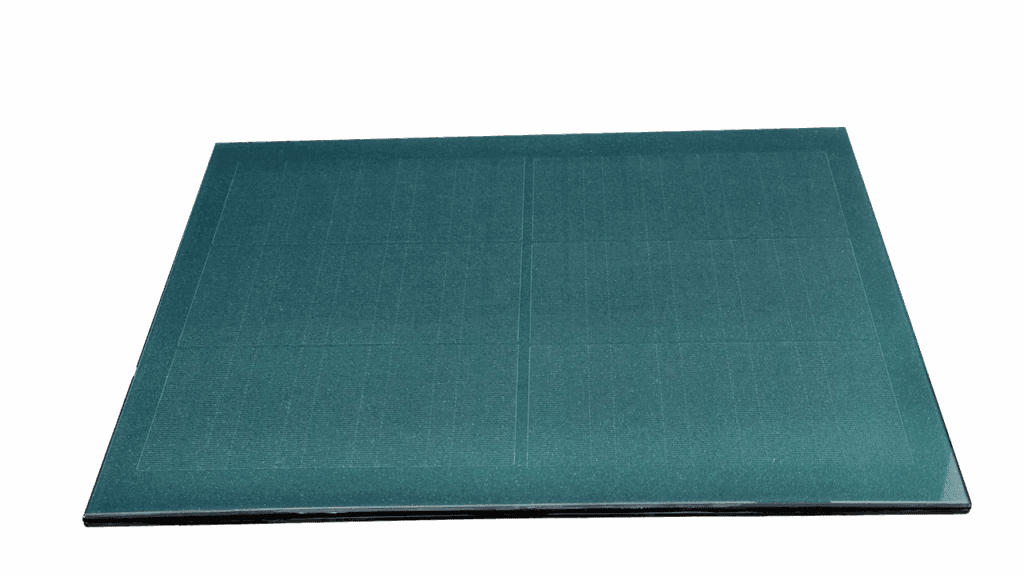
Conclusion
Building-Integrated Photovoltaics represent a significant leap forward in the integration of renewable energy technologies into everyday infrastructure. By merging functionality with sustainability, BIPV systems pave the way for a future where buildings are not just consumers of energy but active participants in its generation. As we continue to innovate and adopt such technologies, we move closer to a sustainable and energy-efficient world.

